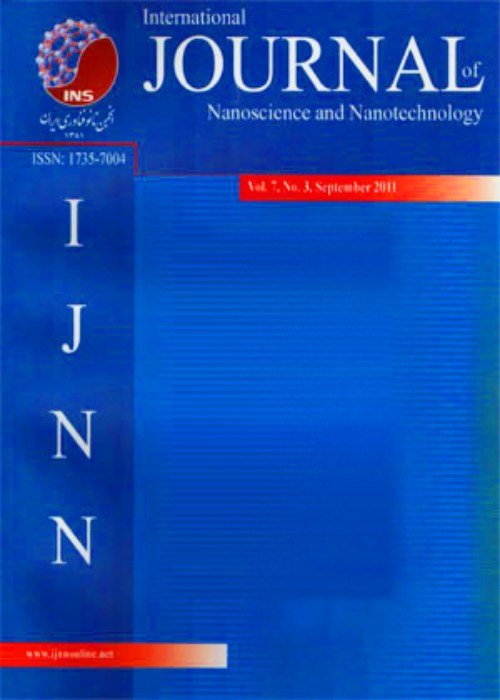Abdullah Keyvani
Page 3
In spite of the fact that cementitious and concrete materials are mainly used on a large scale and inhuge quantities for roads, dams, bridges and building constructions, the mechanical behavior of thesematerials depends to a great extend on structural elements and phenomena which are effective on amicro and nanoscale. Although this is well known by researchers, material producers and engineersfor many years, the aspect of nanoscience and nanotechnology has hardly found any special attention,so far. New efforts and possibilities of material engineering on nanoscale in other fields may well leadto a new leap forward to improve mechanical and physical properties as well as durability of thisimportant group of composite construction materials. This paper intends to stimulate the applicationand development of nanoscientific and nanotechnological concepts of nanofiber materials and theirapplications in concrete. Due to the wide range of possibilities, however, it does not claim to presenta complete overview of the whole field. This would clearly go beyond the scope of this paper. It rathergives a short outline on the related cementitious and concrete material problems and research topicswhere nanoscience and nanotechnology could produce a major contribution to improve the nanofibrousmaterials where research needs to be done. Capability to accurately predict failure in joints offerssignificant potential for developing higher performance structural designs that are safer at the same timesince these nanotubes can be used to accurately assess the behavior of joints, members and structures.Nanofibrous cement based materials can monitor regions of partial damages, localized changes instrains, stresses and temperatures of any joints and members.


